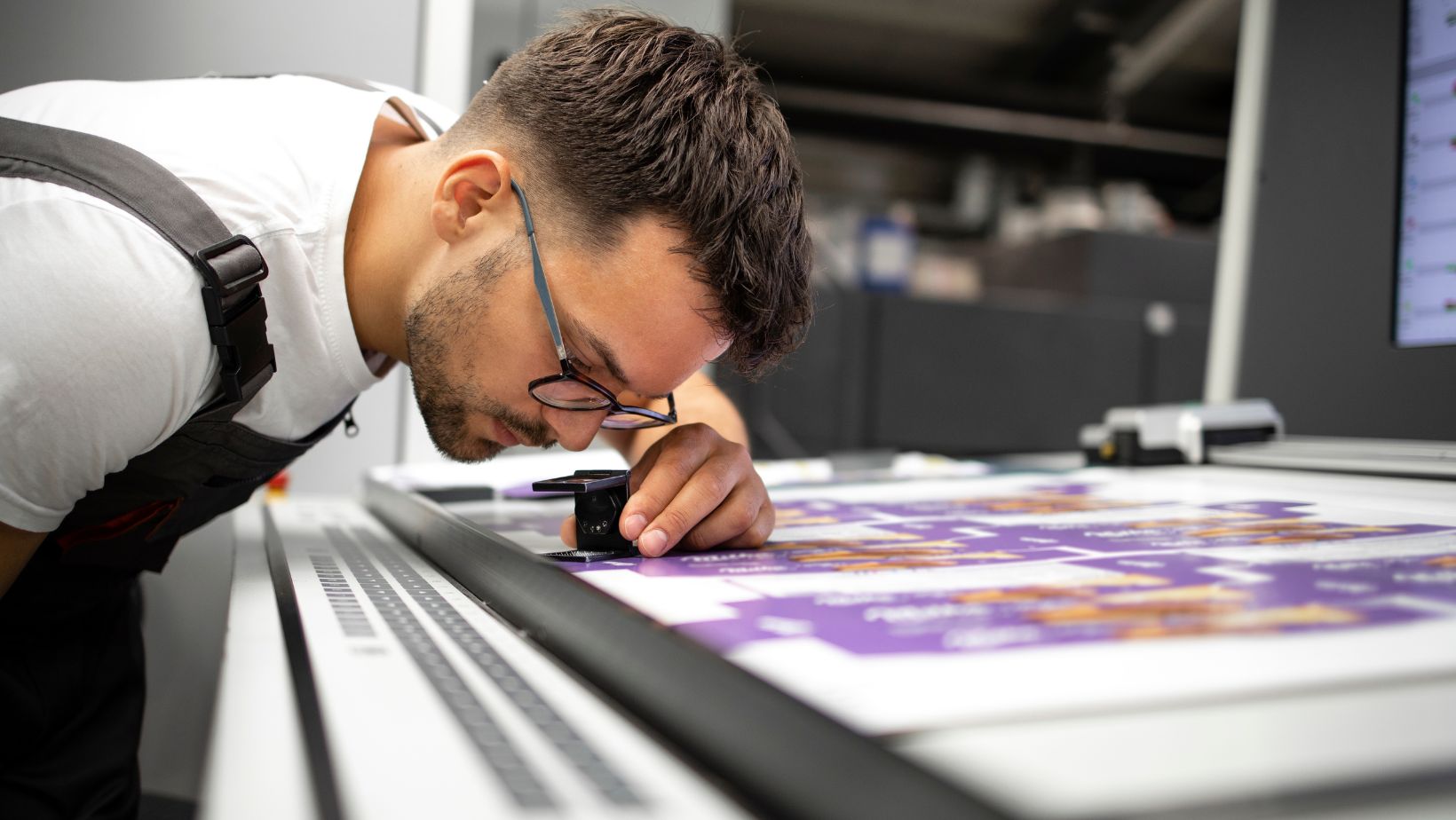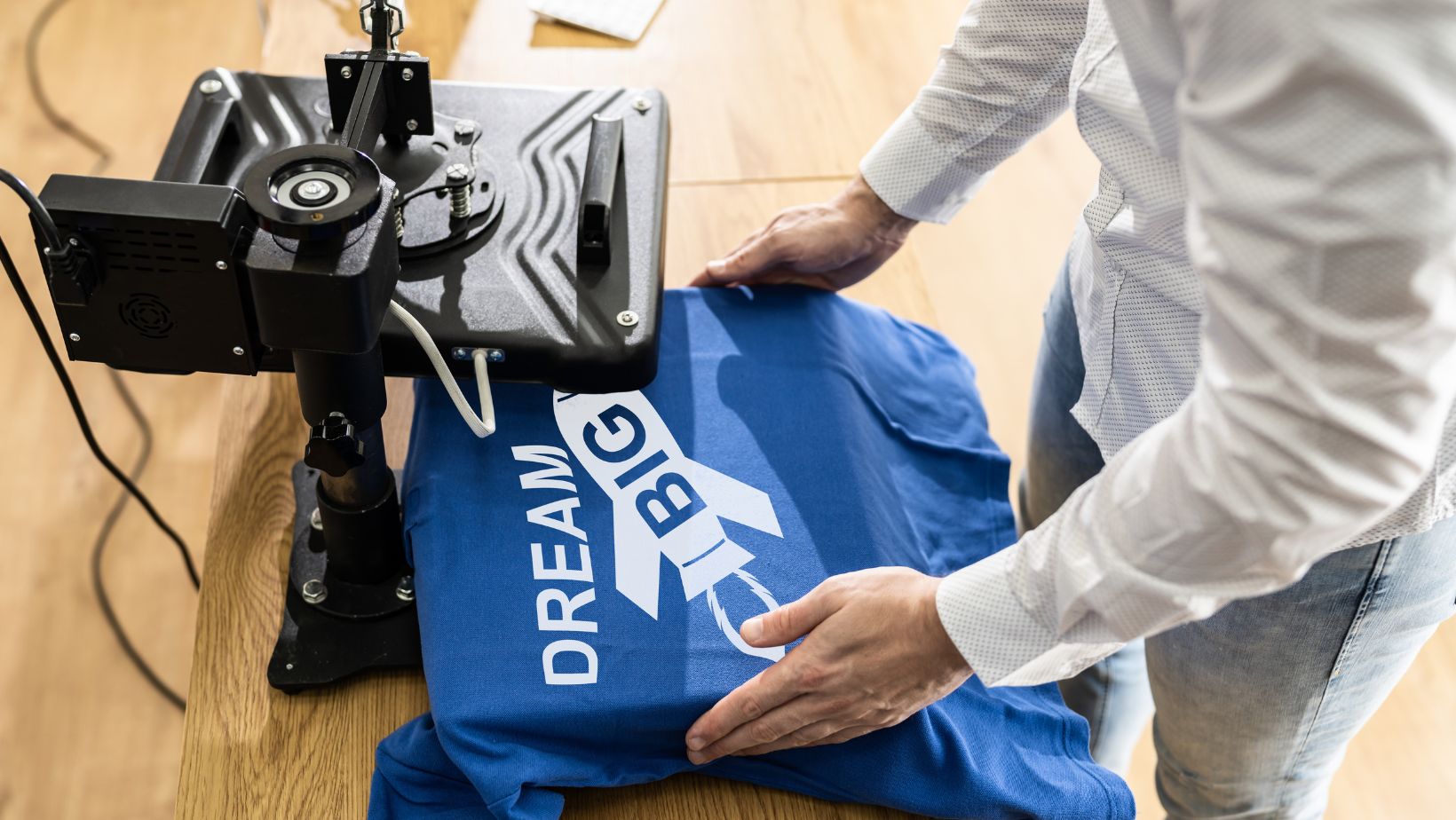Introduction
Garment printing has come a long way, evolving from simple screen prints to cutting-edge digital techniques. As fashion brands, independent designers, and print shops look for ways to stand out, staying updated with the latest trends is essential. Technology, sustainability, and customization are driving the future of the industry, with innovations that redefine how we create and wear printed apparel. In this article, we’ll explore the most exciting trends shaping garment printing in 2025 and beyond.
The Growing Demand for Customization in Garment Printing
Personalization has become the norm in today’s fashion world. Consumers want clothing that reflects their unique style, and businesses are leveraging this demand by offering mass customization. Direct-to-garment (DTG) printing has been a game-changer in this space, allowing for high-quality prints on demand.
Brands like Nike and Adidas now offer customers the ability to design their own apparel, choose colors and patterns, and even add personalized text or images. Smaller businesses are also taking advantage of platforms like Printful and Teespring, making it easier than ever to launch a custom clothing line without holding inventory.
Eco-Friendly and Sustainable Printing Techniques
Sustainability is no longer a niche concern—it’s an industry-wide priority. With growing awareness of environmental issues, the demand for eco-friendly garment printing solutions is on the rise. Brands and manufacturers are looking for ways to reduce waste, use less water, and minimize their carbon footprint.
Sustainable Printing Innovations:
- Water-Based Inks: Unlike plastisol inks, water-based inks are free from harmful chemicals and provide a softer feel on fabric.
- Biodegradable Printing Materials: New biodegradable inks and dyes are emerging, reducing long-term environmental impact.
- Recycled Fabrics: Companies are integrating recycled cotton and polyester into their printing processes, ensuring a more sustainable end product.
Forward-thinking brands like Patagonia and Allbirds are leading the way, proving that sustainability and style can go hand in hand.
Technological Innovations Transforming the Industry
Technology is revolutionizing garment printing, making it faster, more precise, and more accessible. Artificial intelligence, 3D printing, and automation are taking print designs to the next level.
AI-Powered Design Automation
AI is playing a significant role in garment design and printing. It can analyze trends, predict customer preferences, and even generate unique artwork.

AI-driven platforms are helping businesses automate repetitive tasks, such as color matching and layout optimization, increasing efficiency while reducing production errors.
3D Printing in Textile Design
Although still in its early stages, 3D printing is showing promise in the garment industry. By layering materials with extreme precision, 3D printing allows for innovative designs and textures that were previously impossible to achieve. This technology has the potential to revolutionize custom apparel, offering intricate patterns and durable designs with minimal waste.
The Rise of On-Demand and Small-batch Printing
The traditional bulk-order printing model is giving way to on-demand and small-batch production. This shift is being driven by e-commerce growth, changing consumer expectations, and sustainability concerns.
On-demand printing allows brands to produce only what’s needed, reducing excess inventory and waste. This is particularly beneficial for small businesses and independent artists who want to test new designs without the financial risk of large-scale production. With direct-to-garment (DTG) and direct-to-film (DTF) printing methods making this possible, more brands are embracing this flexible approach.
Hybrid Printing Techniques: Combining the Finest of Both Worlds
While digital printing is becoming more dominant, traditional methods like screen printing remain relevant. Many businesses are now blending techniques to maximize efficiency and product quality.
Popular Hybrid Techniques Include:
- DTG + Screen Printing: Combining digital printing for intricate designs with screen printing for durability.
- Heat Transfer + Sublimation: Using sublimation for full-color designs and heat transfer for specific placements.
- Direct-to-Film (DTF) Printing: A rising trend, DTF transfer printing involves printing designs onto a special film and then transferring them onto fabric using heat and pressure. It works on a variety of materials and provides high-quality, durable prints.

By adopting hybrid printing methods, businesses can meet diverse customer needs while optimizing costs and production times.
The Role of Augmented Reality (AR) in Garment Printing
Augmented Reality (AR) is adding a new dimension to the garment printing industry. Brands are using AR to enhance the shopping experience, allowing customers to visualize designs before making a purchase.
How AR is Transforming the Industry:
- Virtual Try-Ons: Apps enable users to see how a design will look on a t-shirt or hoodie before ordering.
- Interactive Design Tools: Customers can use AR to modify colors, graphics, and text in real time.
- Enhanced Marketing Strategies: Brands can use AR-powered QR codes to provide behind-the-scenes insights into the printing process or exclusive product information.
Companies like Nike and Gucci have already integrated AR into their digital platforms, paving the way for others to follow.
Future Outlook: Where Is Garment Printing Headed?
Looking ahead, garment printing is set to become even more advanced, sustainable, and personalized. Industry experts predict that:
- AI-driven design tools will become standard for print businesses.
- More brands will invest in biodegradable printing materials.
- On-demand and local production will continue to grow, reducing global shipping emissions.
- Innovations like smart textiles—fabrics embedded with technology—may open new doors for interactive apparel.
Adapting to these changes will be essential for businesses looking to stay competitive in the evolving landscape of fashion and garment printing.
Conclusion
The garment printing industry is undergoing a major transformation driven by technological advancements, sustainability efforts, and the rise of customization. From AI-powered design tools to eco-friendly printing methods, the future looks promising for businesses and consumers alike. By embracing these trends, print shops, designers, and apparel brands can offer innovative, high-quality products that align with modern expectations.
As we move into 2025, one thing is clear—garment printing is no longer just about decoration; it’s about creating meaningful, sustainable, and highly personalized fashion experiences.



